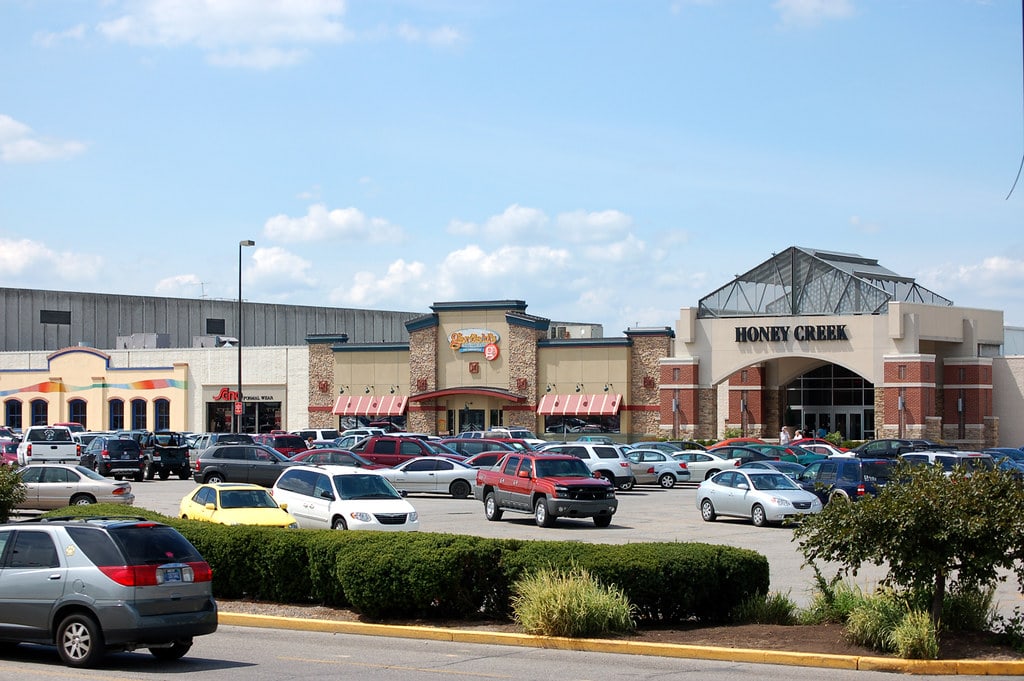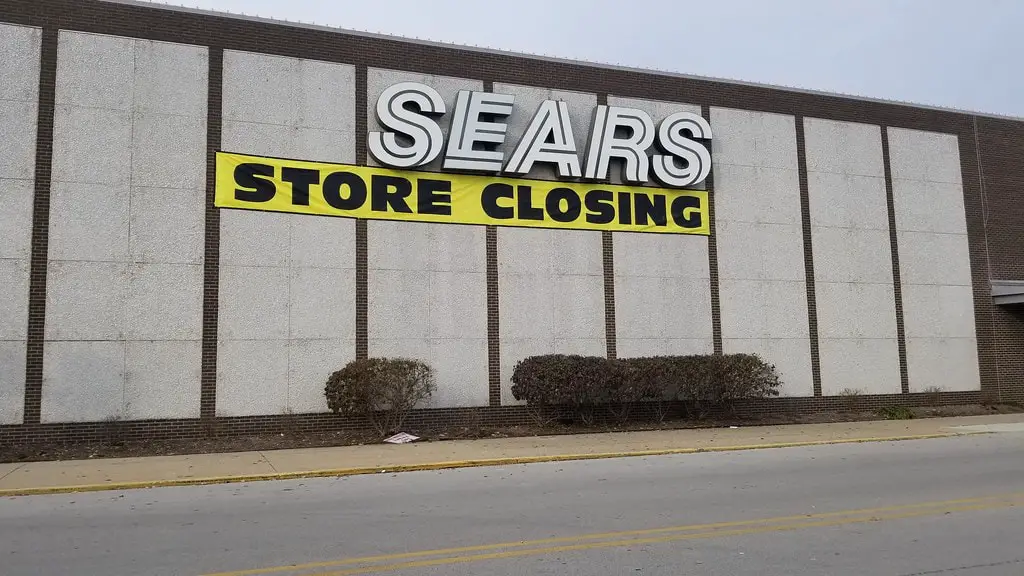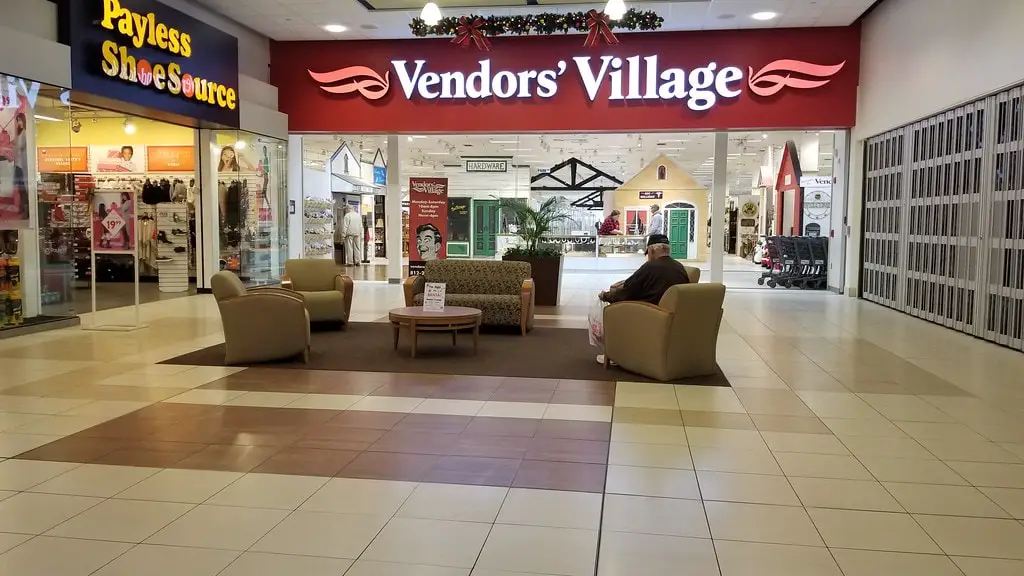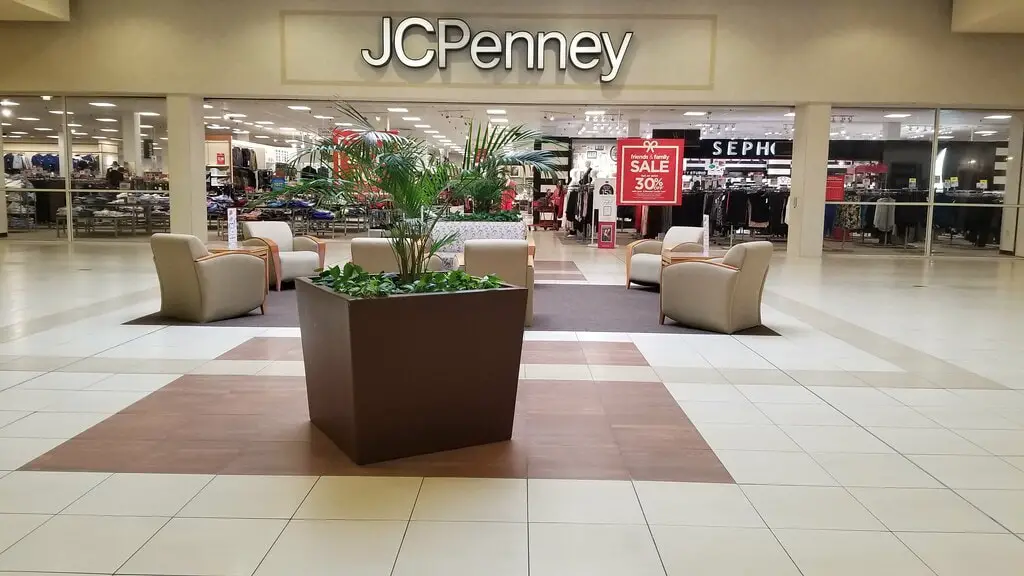The Birth of Haute City Center Mall
Nestled in Terre Haute, Indiana, the Haute City Center is a monument to the city's retail past, present, and potential future. This shopping center opened its doors to the public in 1968 and was initially christened Honey Creek Square.
The brainchild of developer Guthrie May, the mall was conceived to create a comprehensive retail hub that would cater to the diverse needs of the local community and draw visitors from the surrounding regions.
In its early years, Honey Creek Square was a bustling epicenter of retail activity. The mall was anchored by several large stores, which were instrumental in attracting a steady stream of consumers.
These anchor stores, coupled with a wide array of smaller retailers, offered a diverse shopping experience that made Honey Creek Square a preferred destination for shoppers from all walks of life.
Periods of Expansion and Transformation
As the years rolled on, Honey Creek Square saw several expansions and renovations, a testament to its adaptability in the face of a rapidly evolving retail landscape. The first significant expansion occurred in 1973, followed by another in 1981.
These expansions increased the mall's retail space, allowing for a broader range of stores and services, thereby enhancing the shopping experience for visitors.
In 1992, the mall underwent a substantial renovation, which not only modernized its aesthetic but also led to a change in its name. Honey Creek Square was rebranded as Honey Creek Mall, a name that would remain until 2019.

These changes were not superficial; they signified a shift in the mall's identity and marked a renewed effort to attract and retain a diverse customer base.
Changes in Ownership and Management
The ownership and management of the mall have seen several transitions throughout its history. Since 2019, the mall has been under the ownership of Out of the Box Ventures, a subsidiary of Lionheart Capital.
This change in ownership ushered in a new era in the mall's history, bringing fresh strategies for managing and revitalizing the mall.
Over the decades, various management contracts were awarded, each playing a pivotal role in shaping the mall's direction and its response to the challenges and opportunities presented by the retail industry. These contracts influenced everything from the mall's aesthetic to its tenant mix, playing a crucial role in its evolution.

The Downward Spiral
Despite these strategic efforts, the mall was not immune to the retail industry's broader challenges. Closing several anchor stores, including Macy's (March 2018), Sears (October 2018), and Carson's (April 2018), marked a significant downturn in the mall's fortunes.
These closures resulted in vacant spaces and a significant decrease in foot traffic, posing a formidable challenge to the mall's viability.
The closures were a loss of retail options and a seismic shift in the retail landscape. They underscored the harsh reality of the retail industry's volatility and the need for constant adaptation and innovation to survive and thrive.

Revitalization Efforts
In the face of the challenges that have arisen, concerted efforts are being made to breathe new life into the Haute City Center. One such initiative is the introduction of Vendors' Village in November 2018.
Vendors' Village is not your conventional retail store; it offers a diverse range of unique products, including antiques, vintage items, and eclectic home decor. This approach aims to provide a varied and engaging shopping experience, a departure from traditional retail models.
More recently, an axe-throwing business named Highlanders opened its doors at the mall. This venture offers customers a chance to engage in a unique recreational activity, hurling absolute axes at digital targets. This novel addition to the mall's offerings represents a shift in strategy, focusing on individual, experiential offerings to attract customers.
Looking Ahead: The Future of Haute City Center
As the Haute City Center navigates its way through the current retail landscape, there are plans to diversify its offerings further. A restaurant pub is slated to open soon, promising to add a new dimension to the mall's appeal.
Additionally, there are plans to introduce digital mini-golf, which underscores the mall's commitment to providing diverse entertainment options.
However, the question that looms large is: will these efforts be enough to revive the mall, or are they too little, too late? The answer to this question will unfold with time.

But one thing is sure: Haute City Center, once a bustling hub of retail activity, now stands at a crossroads. Its future hinges on its ability to adapt and evolve in a rapidly changing retail landscape.
